Starting Feb. 19, the Royal Museums of Turin will open to the public the Archaeological Gallery, a new section dedicated to the oldest core of the art and archaeology collections, located on the ground floor of the New Channel of the Royal Palace. The exhibition aligns more than 1,000 works, some of which have never been exhibited before: these include artifacts from Mesopotamia, Greek and Roman statues, Greek pottery, and Etruscan and Phoenician funerary elements. Material that has come to the Museum of Antiquities over more than four hundred years of history, thanks to the collecting of the House of Savoy and the discoveries of scholars, explorers and entrepreneurs.
The opening of the Archaeological Gallery, in line with the Strategic Plan of the Royal Museums, aims to reorder the visitor routes, improving the connections between the different museum units, especially within the Museum of Antiquities, currently divided into three sections (Archaeology in Turin, Territory Pavilion, Collections Section). The goal is to develop a cohesive itinerary within the Manica Nuova of the Royal Palace, where the Monumental Atrium is transformed into an essential junction capable of bringing into dialectical relationship two major nuclei of Savoyard collecting: the antiquities and the painting collections.
The visitor route is divided into five sections and runs along ten rooms, with a scenographic layout designed by the GTRF - Tortelli Frassoni Architetti Associati studio, which has signed several museum exhibitions in recent years in Italy.

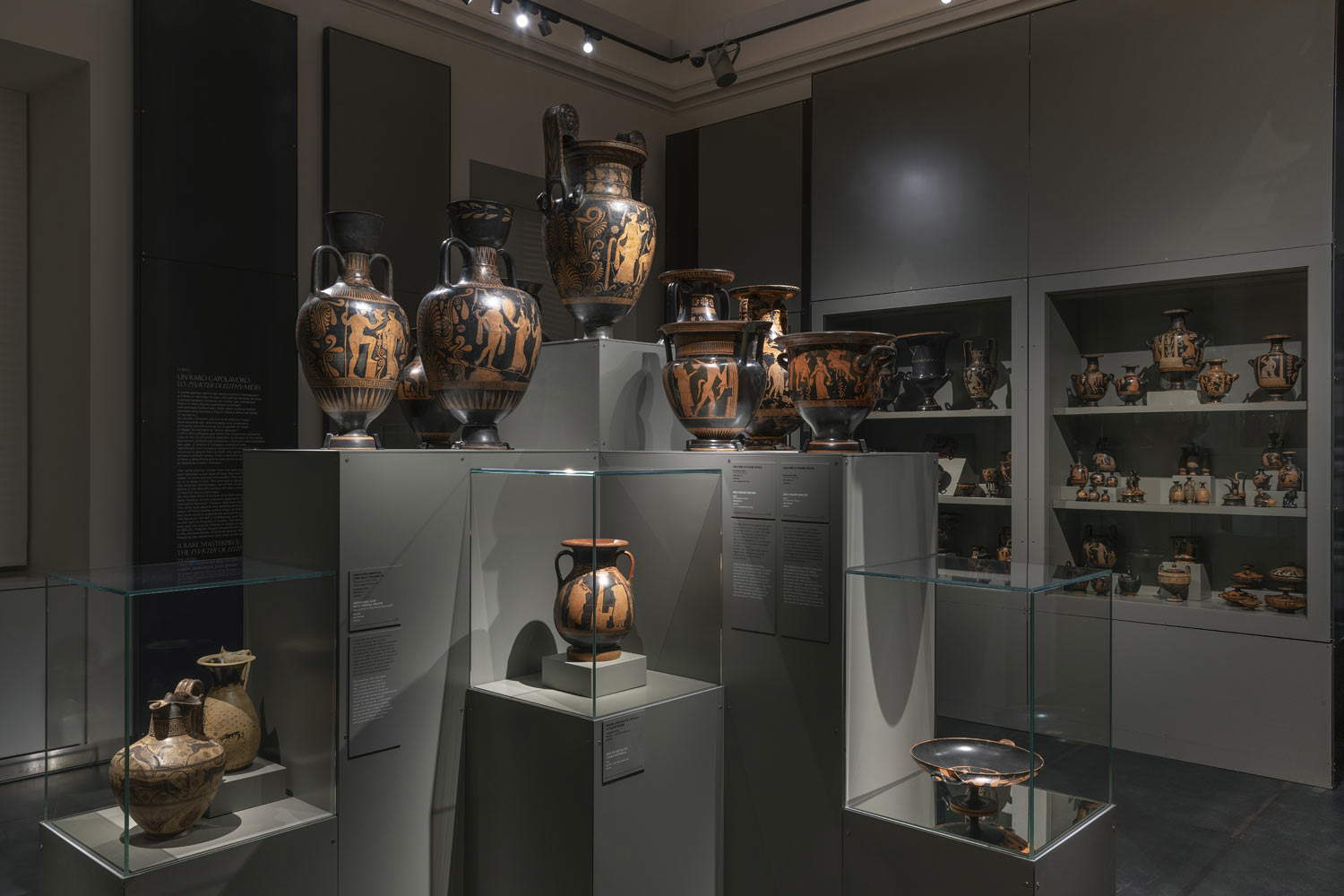 The new Archaeological Gallery of the Royal Museums of
The new Archaeological Gallery of the Royal Museums of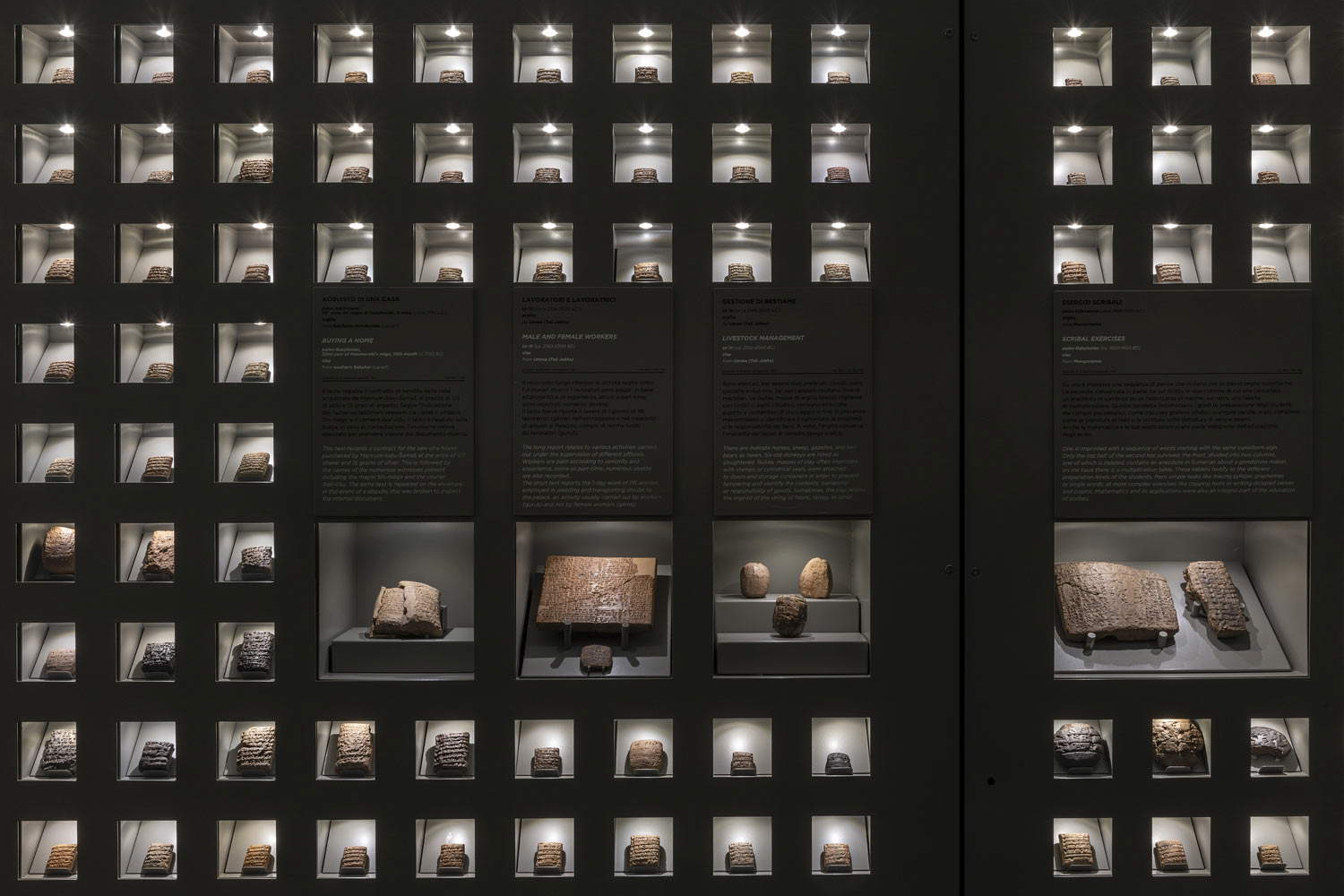 The new Archaeological Gallery of the Royal Museums of
The new Archaeological Gallery of the Royal Museums of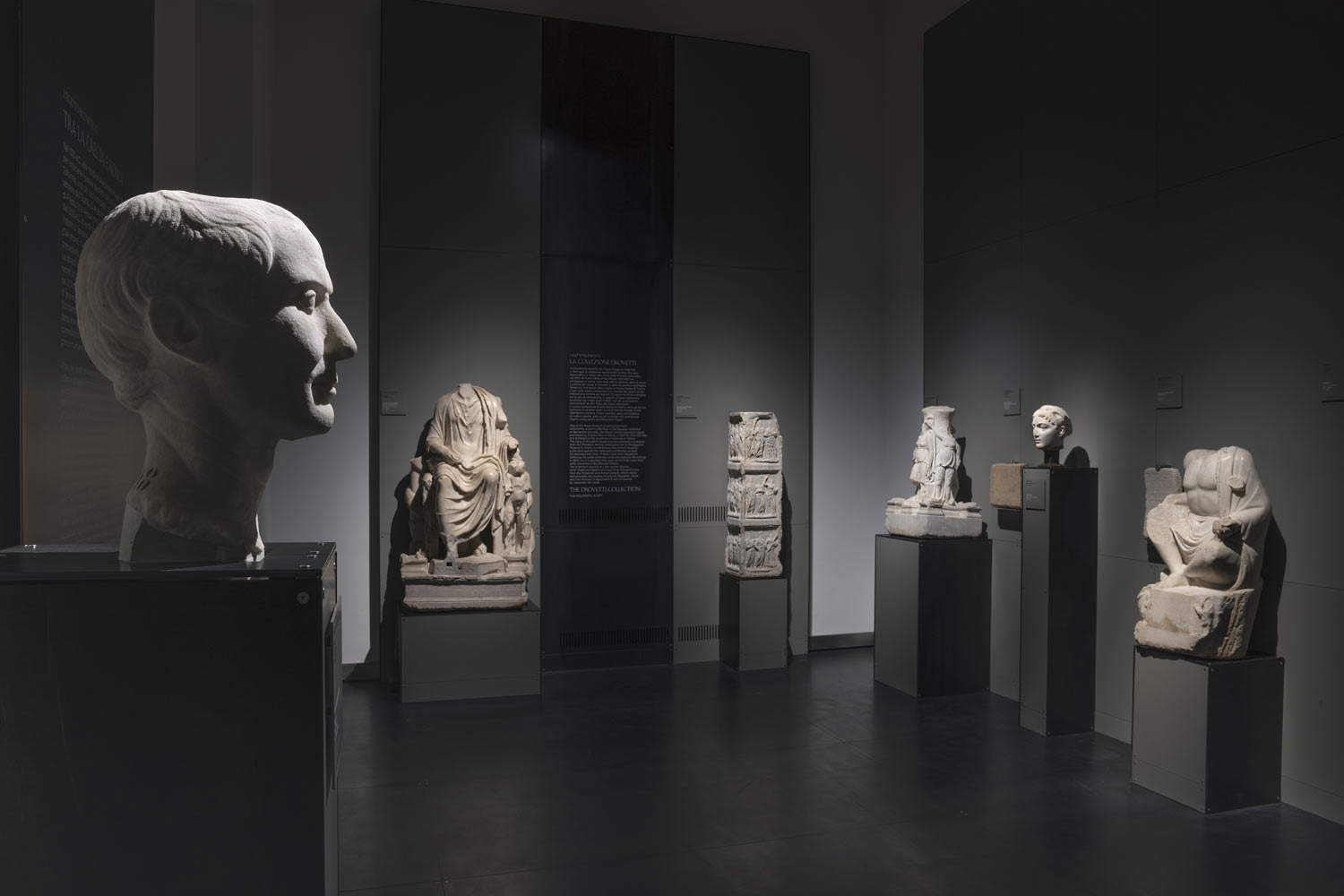 The new Archaeological Gallery of the Royal
The new Archaeological Gallery of the RoyalThe holdings of the Museum of Antiquities have been staged as a journey through time and space, tracing the birth of the earliest collections and then venturing along the Sculpture Gallery, which is overlooked by the rooms reserved for different civilizations, to be freely explored. The first section on the history of antiquarian collecting is dedicated to the primordial nucleus of the Savoy collections, the result of acquisitions on the markets of Rome and Venice at the behest of Duke Emanuele Filiberto from the end of the 16th century, then greatly increased by his son Carlo Emanuele I.
The central corridor is meant to evoke a palace gallery, where Greek and Roman statues, carved reliefs and marble busts line the walls, presenting the visitor with the salient features of ancient representation: portrait-heads, true propaganda images of Antiquity; Roman reproductions of famous works; banquet scenes on sarcophagi, and then culminating in the Rotunda of the Emperors, where busts of the main figures in Roman history surround the visitor. The Ancient Near East area is devoted to Assyrian artifacts, which came to the Museum in 1847, and is joined by a collection (the richest in Italy) of cuneiform texts and cylinder seals. Within the fifth section on antiquities from the island of Cyprus, there is the Museum’s largest collection: it has more than 1,000 pieces capable of testifying to the evolution of that extraordinary cultural crossroads along a chronological span from the Ancient Bronze Age (3rd millennium B.C.) to Late Antiquity (4th-5th centuries A.D.). This is followed by the halls of Roman civilization, with the 19th-century cast, exhibited for the first time, of the Roman calendar of the Fasti Praenestini; Egypt in the Hellenistic age, where the head of the famous Queen Cleopatra VII shines; and the Phoenician and Punic world. Hellenic and Italiotic ceramics (about 400 pieces) purchased between 1827 and 1828 by Charles Felix are the protagonists of the Greek and Etruscan Civilization section. These are joined by a second collection of Etruscan finds that includes pottery, bucchero, bronzes, cinerary urns, sarcophagi, and pottery of southern production.
Among the iconic objects selected by the curators are the sculptural portrait of Caesar, considered by experts to be one of the most closely resembling the leader; the Assyrian relief of King Sargon II, one of the finest representations of the Neo-Assyrian ruler dating from 717-707 B.C.; the large Etruscan sarcophagus dated 280-270 B.C. of Matausna, a woman belonging to the family of the same name, whose kinship and names can be reconstructed; the mosaic of the cantor Orpheus taming the beasts, found in Cagliari and arriving at the Museum of Antiquities as early as the 18th century; the mysterious bust of “cabalistic” Isis, carved in the second half of the 16th century; and an exceptional trilingual (Punic, Greek, Latin) bronze inscription from Roman Sardinia.
The itinerary is scientifically updated according to the latest results of international studies and was conceived from the beginning according to the principle of design for all. The contents, in fact, are made accessible to all audiences thanks to the inclusion of special commented captions, tactile content and audio descriptions, which can be called up from smartphones through QRcodes embedded on the walls. For younger visitors, the Junior Gallery runs along the halls, aiming to stimulate children’s curiosity through games and riddles to make them better acquainted with the past by comparing it with the present. From history to mythology, from art to writing, from fashion to sports: the topics offered by the Junior Gallery are presented in simple and entertaining language, to accompany the visit with lightness and joy. Exploring the Junior Gallery, one can, for example, learn what turns a simple collection into a real collection (The Royal Collections of Antiquities), discover what the connection is between the letter A and an ox (The Ancient Near East), try to read the numbers on an ancient calendar (The Roman World), follow the beauty advice of a famous queen (Hellenistic Egypt).
Visitors will also find extra insights through Galleria Live video interviews: protagonists from the worlds of culture, sports, business, and art who answered the question “What do these exhibits mean to you? How do they reflect your passions?” Prominent faces included Corrado Lopresto, one of the world’s leading collectors of vintage cars and prototypes; sculptor and artist Fabio Viale; Olympic wrestler Daigoro Timoncini; and scholars of Archaeology, History and Anthropology, with whom the exhibition’s themes and exhibits were commented on, opening up unusual perspectives.
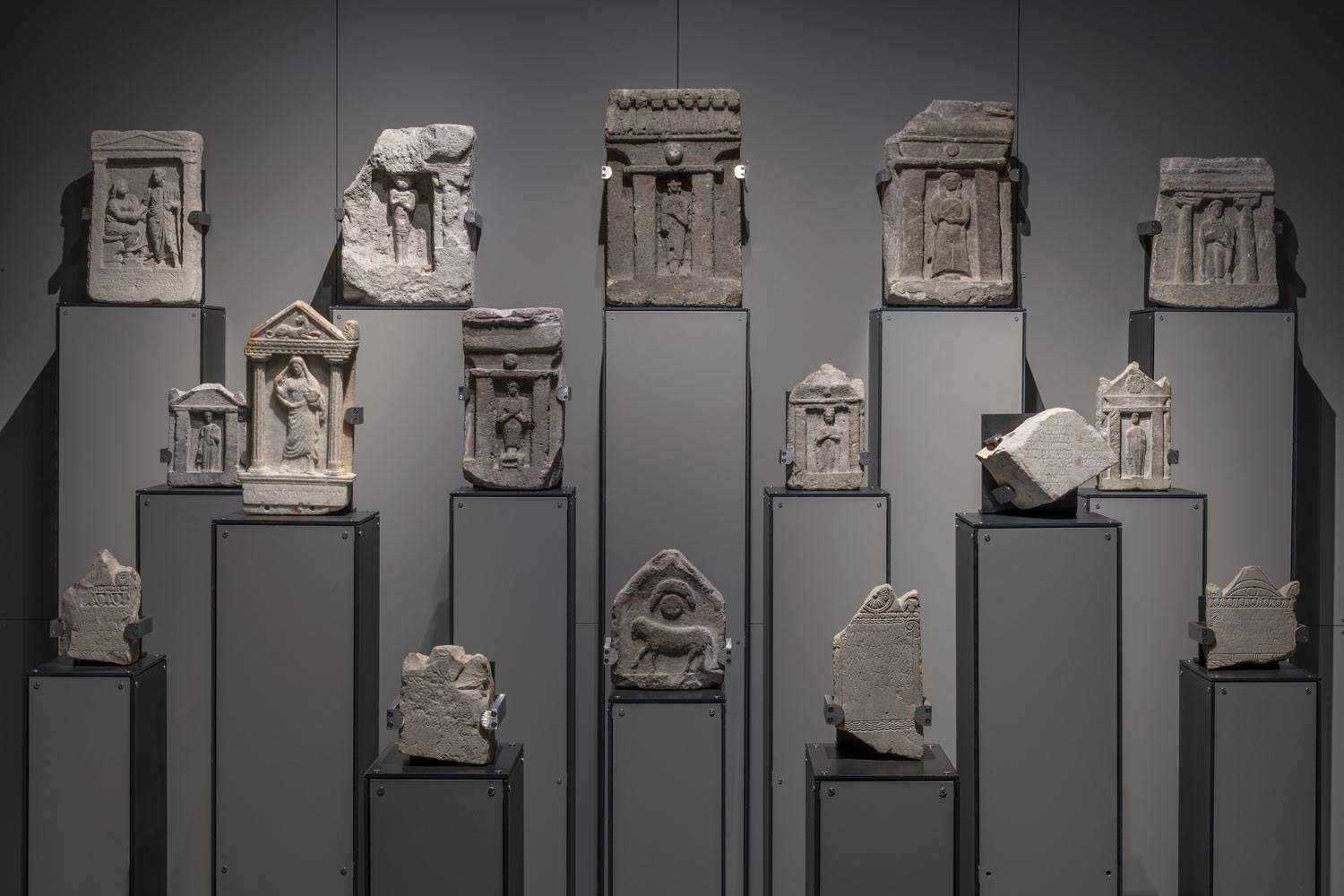 The
The The new Archaeological Gallery of the Royal Museums of
The new Archaeological Gallery of the Royal Museums of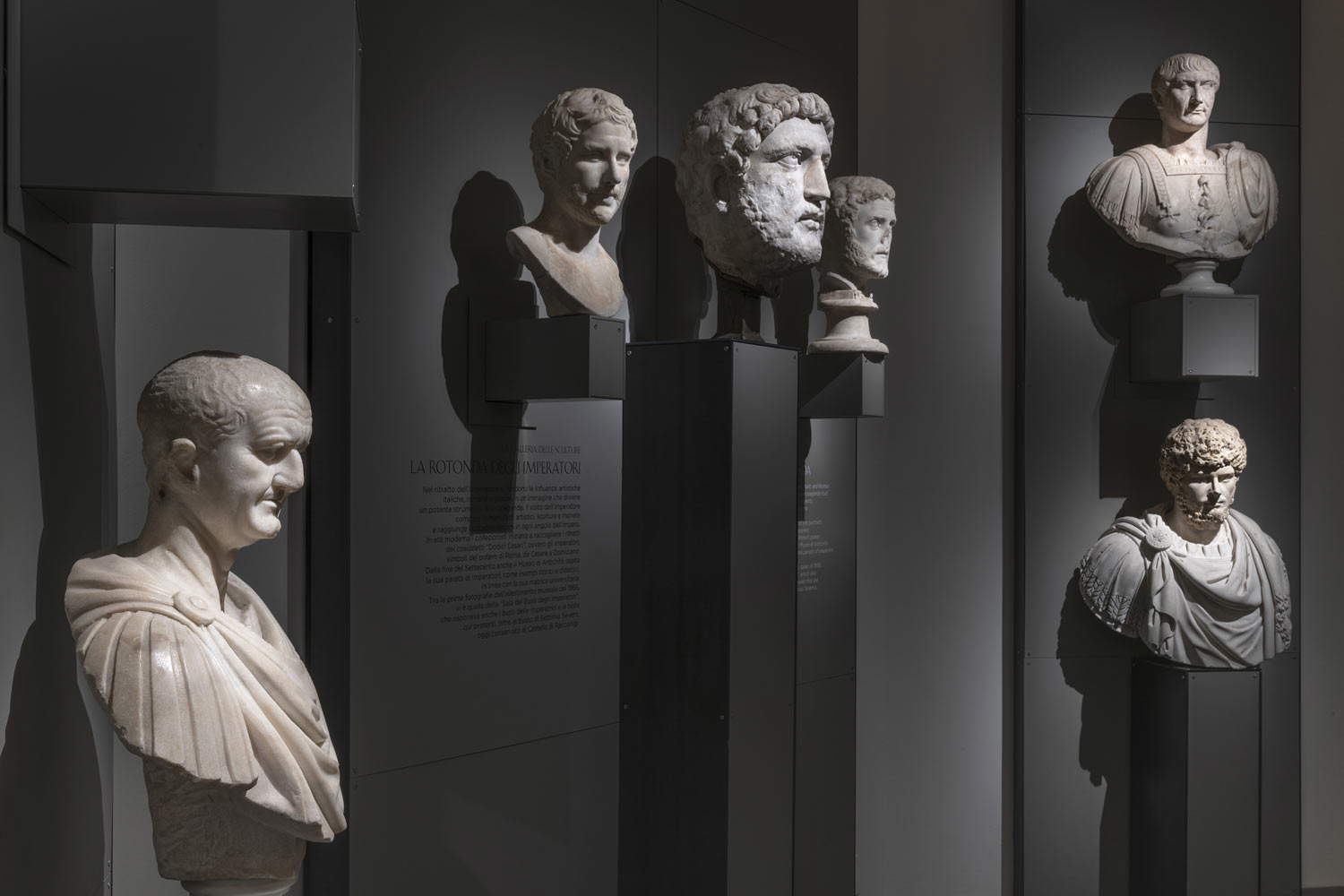 The new Archaeological Gallery of the Royal
The new Archaeological Gallery of the Royal The new Archaeological Gallery of the Royal
The new Archaeological Gallery of the Royal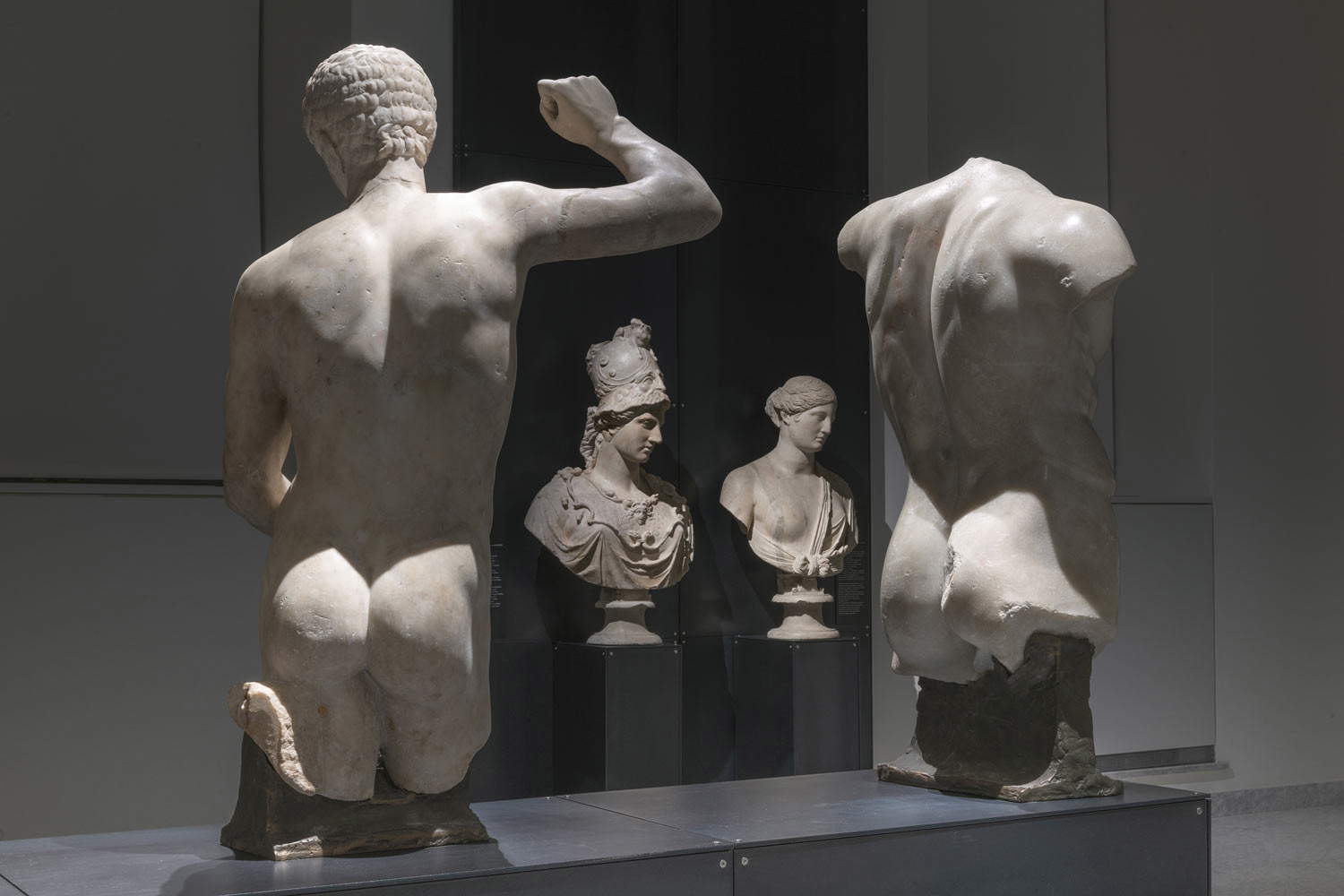 The new Archeological Gallery of the Royal
The new Archeological Gallery of the Royal The new Archaeological Gallery of the Royal
The new Archaeological Gallery of the Royal“With the birth of the Musei Reali in 2016,” says Enrica Pagella, director of the Musei Reali, “Italy’s first Royal Palace has opened its doors to a cultural legacy that ranges from prehistory to modernity, with evidence from Turin that looks into the history of many other civilizations in Europe and around the world. This new display brings to light works of inestimable beauty and historical value. Today these collections are an extraordinary tool for dialogue and comparison between past and present cultures, a legacy left in our hands to build a better future for new generations. The new layout represents only the beginning of an important rethinking of an itinerary that aims to be increasingly homogeneous and capable of telling, in a single narrative, all the different souls of the Royal Museums.”
“Exactly 450 years after the first acquisitions made by the Savoy family, an itinerary dedicated to the most important nuclei of the Museum of Antiquities is born,” emphasize Filippo Masino, architectural curator in charge of the project, and Elisa Panero, archaeological curator who signed the scientific project. “This new layout offers the public a new and updated reading of the Mediterranean Archaeological Collections through a new and evocative exhibition presentation of about a thousand ancient works, many of which are coming out of the deposits of the Museum of Antiquities for the first time to offer themselves, after careful restoration, to the visitor’s gaze. The Gallery of Antiquities now presents itself as a fascinating journey between ancient civilizations, around the common roots of our cultural identities.”
“Designing the museographic layout of one of the most important historical-archaeological collections in Italy, among ancient sculptures and extraordinary artifacts of Mediterranean civilizations, represented a not inconsiderable challenge,” says Giovanni Tortelli of GTRF - Tortelli Frassoni Architetti Associati. “In fact, it was a matter of combining the display reasons of archaeology, with a new scientific arrangement resulting from important research, with those evocative of the history of Savoy collecting, and thus to present them to the public through unequivocally contemporary forms of expression. It was also essential to give respectful attention to the nineteenth-century rooms of the New Channel of the Royal Palace and to find ways to establish an effective relationship between works and architectural space. Our firm’s museographic experiences, from the National Archaeological Museum in Aquileia to the Terrasanctamuseum in Jerusalem, from the Domus dell’Ortaglia in Brescia to the Imperial Forums in Rome, certainly facilitated a purposeful approach to the theme, but it was above all the constant discussion with the management and officials of the Royal Museums (archaeologists, architects, art historians, and restorers) that set the project on the path toward convinced and shared choices. The layout is marked by a measured formal rigor, with a few studied details differently declined in relation to the recurrences of the architecture and the material and dimensional characteristics of the works. Full-height, gray epoxy powder-coated metal backdrops alternate with other black natural iron backdrops on which are printed the kits of didactic-scientific illustrations and thematic insights, composed and positioned to guide and orient the visitor.”
 |
| Turin, opens the new Archaeological Gallery of the Royal Museums |
Warning: the translation into English of the original Italian article was created using automatic tools. We undertake to review all articles, but we do not guarantee the total absence of inaccuracies in the translation due to the program. You can find the original by clicking on the ITA button. If you find any mistake,please contact us.